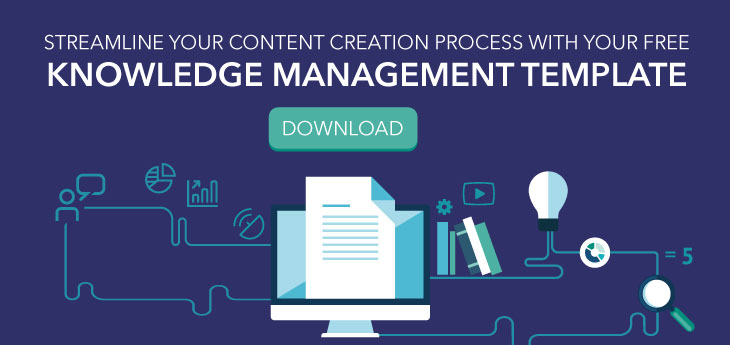Content marketing is a key component of companies’ efforts to enhance their influence and thought leadership in their industry. But far too many companies don’t prioritize quality. In fact, an Acrolinx study on grammatical correctness in companies’ online content found that nearly 70% of businesses didn’t make the grade.
If you want to come across as a professional, knowledgeable expert, you have to prioritize quality — and that means making sure all of the content that you and your company create is grammatically sound, engaging, and coherent.
My first recommendation would be to hire editorial help, but in the meantime, there are several ways you can ensure your company’s content is high-quality and effective — no English degree required.
For more content creation tips, check out 
Clean Content 101
Ask yourself the following questions as you’re reviewing your articles, blog posts, or whitepapers to make certain you’re creating compelling, cohesive, clean content that your audience will love:
-
Does the introduction capture readers’ attention?
The introduction is a crucial component of any piece of content. It’s what’s going to draw readers in and persuade them to keep reading. Start with an engaging hook to catch people’s attention. Then, identify what topic you’ll be discussing, provide any necessary context, and indicate your specific focus — what readers can expect to gain by reading your content.
-
Are the main points covered?
Think about the most important points you want readers to take away from your content, and read the piece to see whether all of those areas are covered. But remember: The key words here are “most important.” One piece of content can’t possibly cover all the bases; if it tried, it would be unfocused and overwhelming. Think back to the specific focus you mentioned in your introduction, and make sure the piece addresses the main ideas related to that focus.
-
Do the sections flow from one to the next in a logical order, and do transitions connect ideas well?
A key component of editing is removing distractions. One huge distraction for readers is when content feels disjointed or jumbled. Read through your piece to ensure the content is organized in a logical order. One way to gauge this is by asking yourself, “As the reader, what questions do I have right now? What do I expect to learn next?” after reading each paragraph. Also, look to see whether there are smooth transitions between sections. You don't want readers to feel like they're being jerked around or that the sections don't go together.
-
Is the article factually accurate?
To gain and keep readers’ trust, you have to tell the truth and be transparent. A big part of that is fact-checking yourself. Verify all stats, research, and examples, and make certain you’re portraying that information accurately within your content. Link to sources, and be sure you’re not making sweeping statements that aren’t backed by evidence.
-
Does the voice jibe with other content from your company?
The writer’s unique voice should always shine through — but not at the expense of the broader goal of creating a cohesive content strategy for your company. Strike a balance between the writer’s voice and your company’s corporate voice. That way, your audience will recognize the content as being true to your company’s brand, which will help build trust.
-
Are the subheadings in the right places, and do they use consistent formatting?
Subheadings are used to break up content into sections and make it more digestible. If your piece of content is less than 700 words, you might not need subheadings, depending on the subject matter and structure. But for longer pieces, subheadings make your content easier to navigate.
-
Does the title capture attention while accurately reflecting what the article is about?
Many would argue that the title is the most vital part of your content. It’s the first thing readers see, and it often dictates whether they click through or move along to something else. When you’re deciding on your title, come up with at least 10 options to choose from. Make sure your title options are engaging — but don’t oversell. Readers should be able to understand exactly what the article will discuss. Take a look at this blog post for some more advice on writing headlines, and use Co.schedule’s headline analyzer to gauge how effective your headline might be and preview what it would look like in search results.
-
Is the content free from grammatical errors?
Even the most compelling content can lose credibility if it contains too many errors. Check to see that your content is free of typos, misspellings, misused homophones (e.g., their, there, and they’re), misspelled or incorrectly stylized proper nouns, etc. Also, look out for commonly misused words.
Once you're finished self-editing, have a friend or colleague read the article to provide feedback from a reader’s perspective. Integrate any necessary changes, and then do one more read-through to make sure your revisions flow well within the piece as a whole and that no grammatical errors were introduced during the revision process.
And there you have it! Ask yourself these questions, and you’ll be well on your way to clean, cohesive, powerful content.
Want to keep your ideas and information organized while creating your content? Download your free Knowledge Management Template today to get started!









